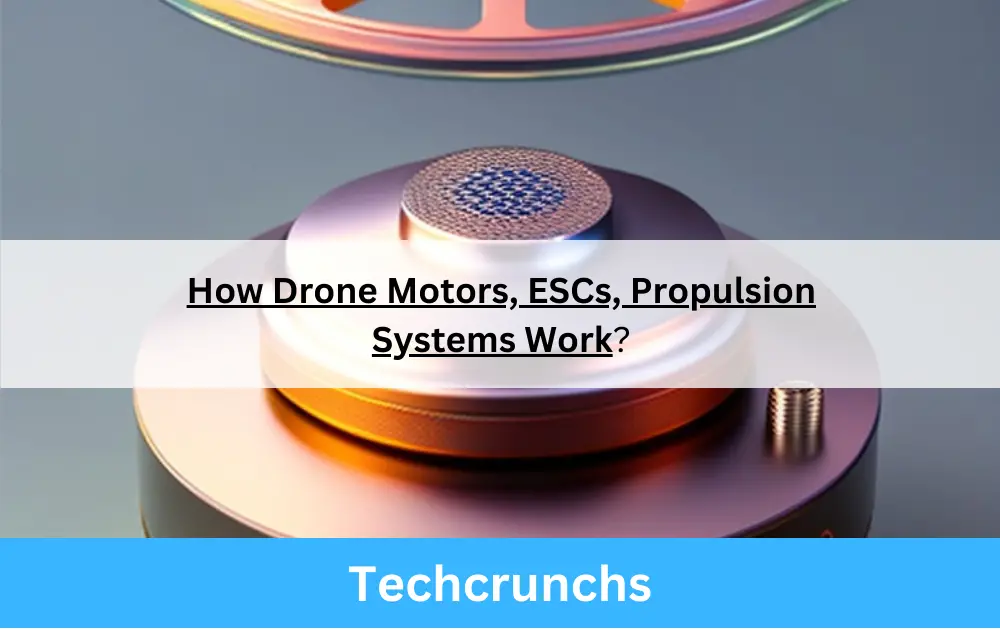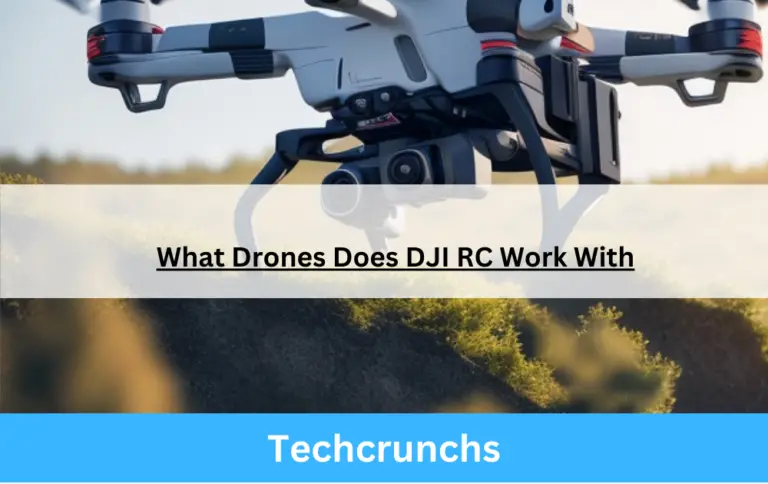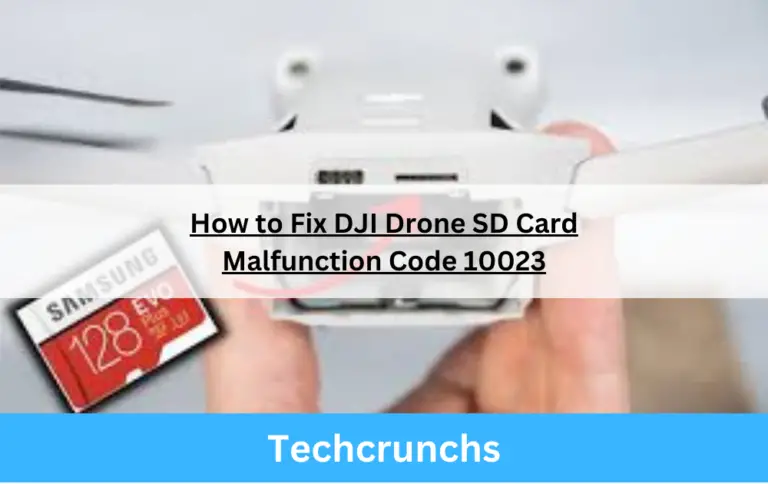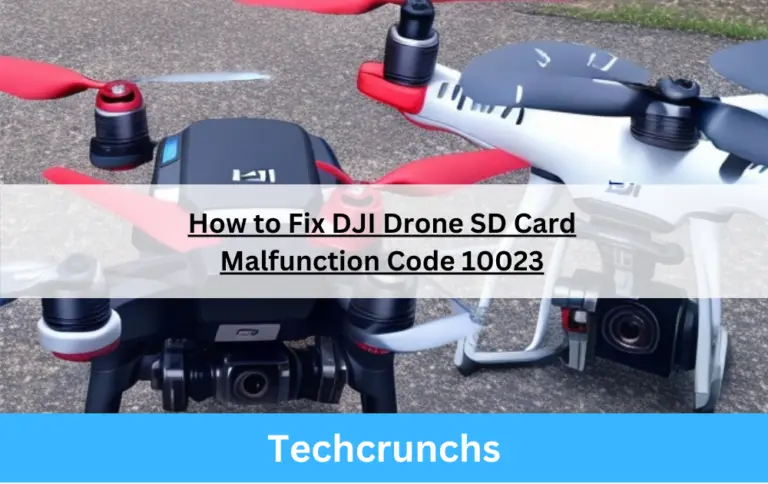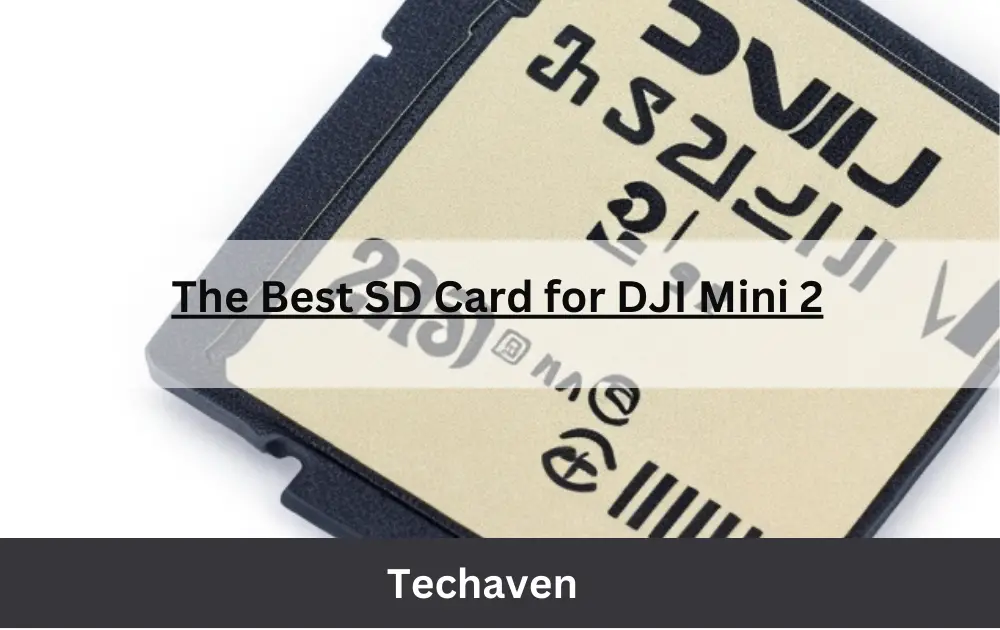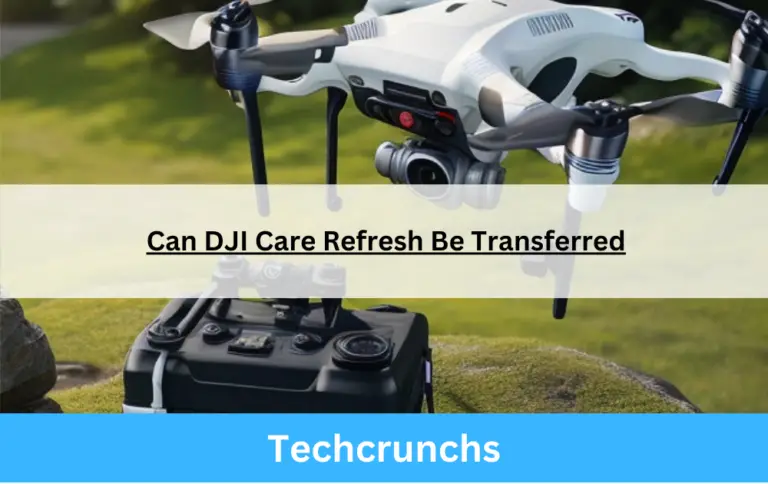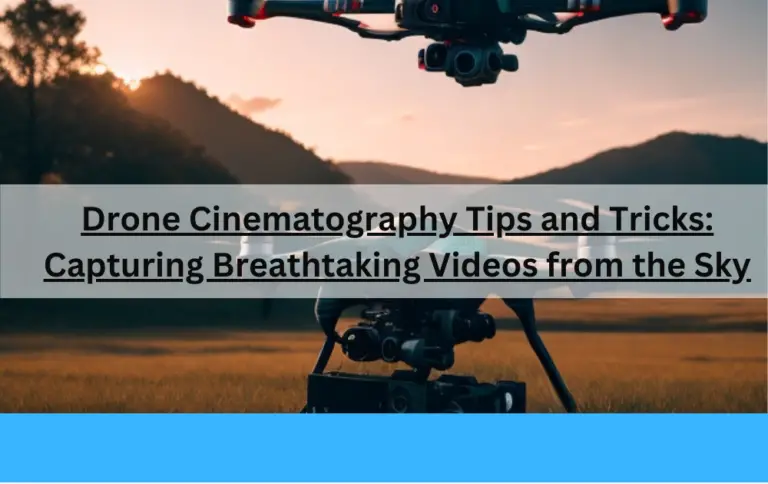Best Drone Motors And How Drone Motors, ESCs, Propulsion Systems Work
Drones have become increasingly popular for various applications, including aerial photography, videography, racing, and even package delivery. One of the key components that contribute to a drone’s performance is its motors. In this article, we will explore the world of drone motors, electronic speed controllers (ESCs), and how they work together to propel drones through the sky.
What are Drone Motors?
Drone motors are the primary source of propulsion for the aircraft. They generate the necessary thrust to lift the drone off the ground and keep it airborne. These motors are typically electric, and their design and specifications greatly impact a drone’s flight capabilities.
Types of Drone Motors
Brushed Motors
Brushed motors are the simpler and more affordable option compared to brushless motors. They consist of a rotating armature surrounded by magnets. When an electric current passes through the motor’s coils, it creates a magnetic field that interacts with the magnets, causing the armature to rotate.
Brushed motors have a limited lifespan due to the friction caused by the brushes. They are commonly found in entry-level drones and toy-grade models.
Brushless Motors
Brushless motors are the preferred choice for high-performance drones. They offer several advantages over brushed motors, including increased efficiency, power, and durability. Unlike brushed motors, brushless motors have a stationary armature and a rotating set of magnets. The motor’s control is handled by an external electronic system, such as an ESC.
Brushless motors provide smoother operation, higher RPMs (rotations per minute), and better control over speed and torque. They are commonly found in professional-grade drones and enthusiast models.
Essential Components: Electronic Speed Controllers (ESCs)
Electronic Speed Controllers (ESCs) are crucial components that work in tandem with drone motors. An ESC is responsible for controlling the speed and direction of the motor by regulating the amount of power delivered to it. It acts as an intermediary between the flight controller and the motor.
ESCs receive signals from the flight controller, which instructs them to adjust the motor’s speed based on pilot inputs. They convert the direct current (DC) power from the drone’s battery into a pulsed current, or alternating current (AC), which drives the motor.
How Drone Motors and ESCs Work Together
Drone motors and ESCs work in a synchronized manner to achieve smooth and controlled flight. The flight controller sends signals to the ESCs, indicating the desired speed and direction.
The ESCs interpret these signals and adjust the power output to the motors accordingly. By increasing or decreasing the voltage and frequency of the current supplied to the motors, the ESCs control the rotational speed and direction of the propellers. This enables the drone to move forward, backward, ascend, or descend.
The ESCs also play a vital role in ensuring the stability and safety of the drone. They incorporate various safety features, such as overcurrent protection and thermal protection, to prevent damage to the motors and ESCs due to excessive heat or electrical overload.
It’s important to choose ESCs that are compatible with the motors and the flight controller of your drone. Mismatched components can result in poor performance, motor overheating, or even motor failure.
Factors to Consider When Choosing Drone Motors
Selecting the right drone motors is crucial for achieving optimal performance and flight characteristics. Here are some key factors to consider:
- Motor Size and Kv Rating: The motor size refers to its dimensions and weight. It should be compatible with the drone frame and propellers. The Kv rating indicates the motor’s rotational speed per volt. Higher Kv motors provide more RPMs but consume more power.
- Power and Thrust: Consider the power requirements of your drone based on its weight and intended use. Higher power motors generate more thrust, allowing for faster acceleration and better maneuverability.
- Efficiency and Battery Life: Efficient motors convert more electrical energy into mechanical power, resulting in longer flight times. Look for motors with high efficiency ratings to maximize your drone’s battery life.
Propulsion Systems in Drones
Propulsion systems play a vital role in the overall performance and flight characteristics of drones. They consist of propellers and the motors that drive them.
Propellers
Propellers are rotating blades that generate lift and thrust to propel the drone through the air. They create a pressure difference between the top and bottom surfaces, resulting in upward lift. The design, size, and pitch of the propellers significantly impact a drone’s flight performance.
Different propeller configurations are available, such as two-blade, three-blade, and even six-blade designs. Each configuration offers unique trade-offs in terms of efficiency, stability, and maneuverability.
Thrust and Lift
Thrust is the force produced by the drone’s propulsion system that counteracts the weight of the aircraft. Lift, on the other hand, is the upward force generated by the propellers, allowing the drone to ascend and maintain altitude.
To achieve stable flight, the thrust generated by the propulsion system must be greater than or equal to the drone’s weight. Properly matching the motors, propellers, and ESCs ensures an optimal balance between thrust and lift.
Conclusion
ESCs, and propulsion systems is crucial for drone enthusiasts and professionals alike. The choice of motors and ESCs directly affects a drone’s performance, maneuverability, and flight time. Additionally, the configuration and selection of propellers play a vital role in achieving stable flight characteristics.
